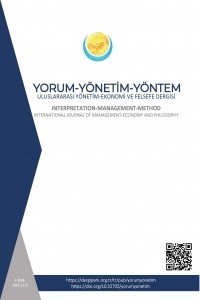CORPORATE TAXES IN THE ITALIAN TOURISM INDUSTRY: A MICROSIMULATION ANALYSIS.
___
- Bardazzi, Parisi, Pazienza (2004) “Modelling direct and indirect taxes on firms: a policy simulation”. Austrian Journal of Statistics, vol. 33.
- Devereux M., Griffith R. (1998). The Taxation of Discrete Investment Choices. The Institute for Fiscal Studies, Working Paper series N. W98/16. London.
- European Commission (2001). Company Taxation in the Internal Market. COM(2001)5822001.
- European Commission (2014). Taxation Trends in the European Union. 2014 Edition. Eurostat Statistical Books, Luxembourg.
- European Commission (2015). Taxation Trends in the European Union. 2015 Edition. Eurostat Statistical Books, Luxembourg.
- Harding, A. Ed. (1996). Microsimulation and Public Policy. Contributions to Economic Analysis. North Holland, Amsterdam.
- King M., Fullerton D. (1984), The taxation of income from capital, University of Chicago Press.
- OECD (2014). Taxation and tourism. In Tourism Trends and Policies. OECD Oublishing, Paris.
- OECD (2016). Tourism Trends and Policies. OECD Oublishing, Paris.
- Oropallo, F., Parisi, V. (2007). Will Italy's Tax Reform Reduce the Corporate Tax Burden? A Microsimulation Analysis”, Rivista Ufficiale di Statistica, N. 1.
- Başlangıç: 2013
- Yayıncı: Sakarya Üniversitesi
MOTIVASYON YÖNÜMLÜ PERFORMANS DEĞERLENDIRME-ÖRNEK OLAY ÇALIŞMASI
İşletmelerde Kredi Derecelendirme: Borsa İstanbul Bilişim Endeksi Üzerine Bir Uygulama
Sibel FETTAHOĞLU, Mustafa DÖNMEZ, Sholpan KAZHI
İSLAMDA KADIN EMEĞİ ve İSTİHDAMI
CEMAL İYEM, Tamer YALÇIN+, Ayse ÇALIŞKAN
Ergenlerde İnternet Bağımlılığının Yaşam Doyumuna Etkisi
Öğretmenlerin Mesleki Gelişime Yönelik Algılarına İlişkin Nitel Bir Araştırma
Hasan UŞTU, Ayşe Mentiş TAŞ, Binali SEVER
Hizmetkâr Liderliğin Pozitif Örgütsel Davranış Değişkenleri ile İlişkisi Üzerine Bir Araştırma
Sezer C. GÜNAYDIN, F. Oben ÜRÜ SANI, Özlem Atan TARLACI, Uğur YOZGAT
ELEKTRİK MOTORLARI VERİMLİLİK ANALİZİ VE PORSUK MYO ÖRNEĞİ[1]
